Dieser Artikel ist auch verfügbar auf: Deutsch
Dublin is a city like no other. I lived and worked there for six months, and to this day, I wonder how I could ever pack my things and leave beautiful Ireland. I didn’t have much choice in the matter: I had to return to university after my internship in Dublin. But even today, I fondly think back to this beautiful city, oh, what am I saying, this beautiful country, and have only positive things in mind.
Places you must see on your Dublin and Ireland trip
Whether you have already planned the trip firmly or still don’t know where to go: Dublin is the perfect destination for short and long vacations. For your travel planning, I have compiled 10 tips for Dublin here, which can make your trip even more beautiful!
Accommodation in Dublin – our hotel tip
The Motel One Dublin is located in the heart of Dublin and offers its guests a buffet breakfast as well as complimentary Wi-Fi throughout the property. The hotel is situated near several well-known attractions, such as Dublin City Hall, Dublin Castle, and Connolly Station. The rooms are equipped with a desk, flat-screen TV, private bathroom, as well as linens and towels, and feature a seating area.
You can find more accommodations in different price ranges or parts of the Irish capital here.
Cultural Tips
1. National Leprechaun Museum
You are visiting Ireland, the realm of fairies and leprechauns. Since they don’t particularly show themselves in public – except maybe on St. Paddy’s Day – you have to experience this cultural part of Ireland in other ways. That’s exactly what the National Leprechaun Museum is for. If you are thinking “Oh no, a museum”, you are greatly mistaken. There is no museum atmosphere to be found there. In fact, it’s more like a tour through the world of magical creatures.

During the day, you’ll hear about the cheerful stories and the kind or mischievous fairies and leprechauns. It is perfectly suited for children aged 7 and above. But at night, the museum transforms, and your guide tells you the stories that scare both children and adults – the minimum age for entry in the evening is 18 years.
Speaking of the guide: The museum staff are specialists in Irish folklore. They can narrate every story in an appropriate mood. I bought the collection of stories directly at the end.
Conveniently, the museum is easily accessible in the city. You can walk (about 10 minutes from Temple Bar) or take the world’s worst developed tram line, the Luas (Red Line, exit at the Jervis stop). Another opportunity to travel with the Luas (which announces the stops in Irish and English) probably won’t occur on your trip.
2. Trinity College and Kilmainham Gaol Museum
If you prefer something with proven historical significance, Trinity College and the Kilmainham Gaol Museum offer one to two-hour tours. A visit to Dublin is not complete without seeing Trinity College. It stands imposingly at one of the main intersections. As you enter the university courtyard through the large gate, you immediately get the impression that you are on the campus of Oxford University. This is because Trinity College was built after the model of Oxford and Cambridge Universities when Dublin was still part of the United Kingdom.
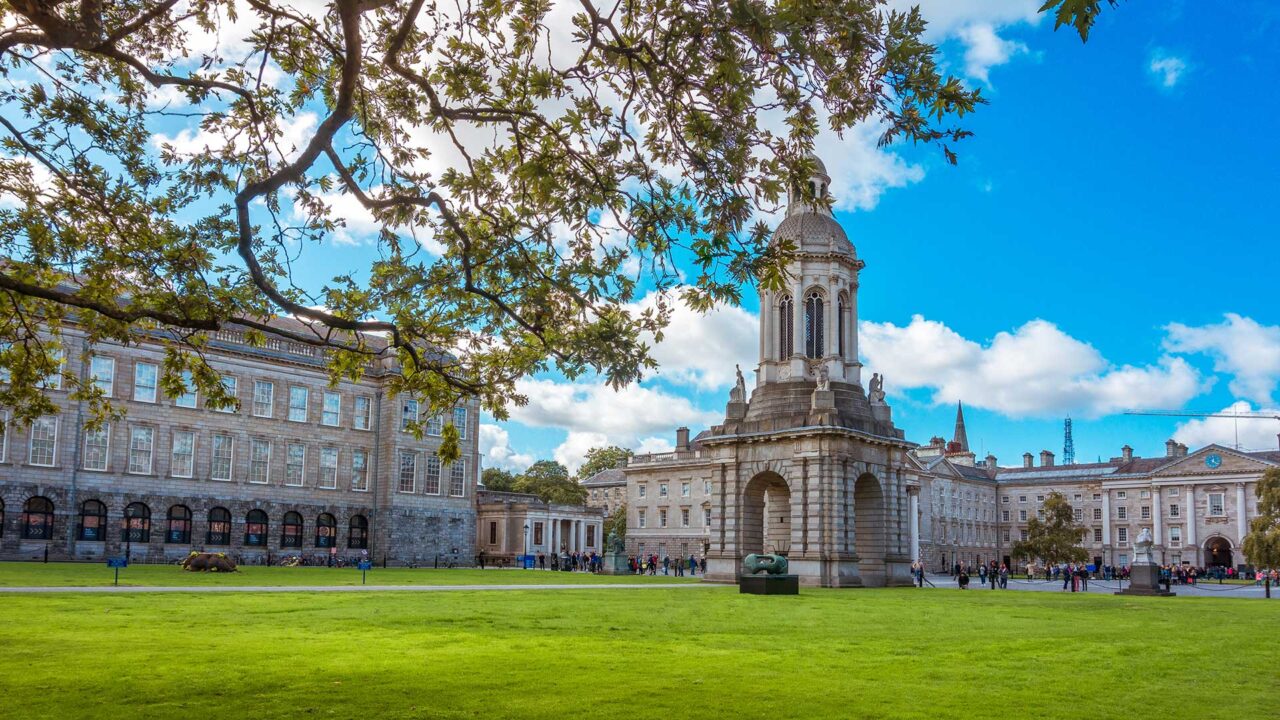
Besides being a great opportunity for photos for architecture enthusiasts, Trinity College also has something special within its halls: The Book of Kells. This is Ireland’s greatest cultural treasure: A document from the 9th century (in prime condition), representing the four Gospels in artistic handwriting and with impressive paintings. Honestly, I consider a visit here an absolute must – religion aside.

Kilmainham Gaol Museum is somewhat less sublime but loaded with history. It is a prison that was decommissioned in 1924 – one of the largest unoccupied prisons in Europe. It also played a major role in the fight for independence. Here, you will learn not only about the prison but also about Ireland’s moving history.
3. Belfast
Since I’m already on the subject of Ireland’s history, I want to take a small jump to Belfast. There are countless offers for day trips from Dublin and one of them is a trip to Belfast, where I took a Black Cab Tour. If you have a day to spare, don’t miss out on this.

The trip usually includes a drive into the city, where you visit all the sights and historical places with a traditional Black Cab and take a trip to the Giant’s Causeway (see below). The Cabbies are – like all Irish people – incredibly friendly and know the entire history of their city. That’s no small feat, as besides the Titanic, which was built in Belfast, the city has experienced quite a bit in its time. The tour mainly focuses on “The Troubles”, the difficult time that Ireland went through from 1968 to 1996.
4. Live Music and Irish Dance
If the Irish are known for one thing, it is their passion for music. If you visit Dublin, I bet you won’t manage to go a whole day without hearing live music. This makes life in the city so enviable for me. The choice is virtually endless: Without further ado, you can simply wander through the Temple Bar district and let your ears guide you. Of course, the quarter is bursting with tourists and it’s certainly not a secret tip. But it’s definitely worth paying a visit.

If you want the full package all at once, you should book a table for dinner at the Arlington Hotel.
There, every evening in a large hall in the basement, a Riverdance and Lord of the Dance show is held, followed by Irish live music. There used to be two locations and my favorite – a bar where you could pour your own Guinness – has unfortunately closed its doors indefinitely. To ensure everything goes smoothly, I recommend reserving a table. During the show, you will also be provided with top-notch culinary delights: There is a 3-course menu with traditional Irish dishes, each one is divine.
Irish Food: Tips for Food and Drink
5. Bar Food
For those who prefer wholesome and fully Irish cuisine, almost any bar will serve you well. From early morning to late evening, there is something for every taste. The traditional Irish Breakfast (which hardly differs from the Traditional English Breakfast) is, in my opinion, the best start to the day.
At lunch and dinner, there is so much choice that I can’t decide: oysters are freshly caught and relatively cheap, Beef & Guinness Pie or Stew, a classic, and of course, there are also Fish & Chips galore. I always enjoyed going to Gogarty’s with friends, a hostel with a restaurant and bar right in the middle of Temple Bar. But I have never eaten poorly in Dublin.


6. Guinness
What would a trip to Dublin be without a freshly poured Guinness? Don’t be surprised if it tastes different than it does back home! The beer doesn’t travel particularly well and is subject to much stricter regulations locally (Guinness staff regularly come by to properly clean the tap system – especially for Guinness). If you want to learn more about the brewery, a trip to the Guinness Storehouse is worthwhile. At the end of the tour, there’s a cool stout and a top-notch view of the city from the Gravity Bar.
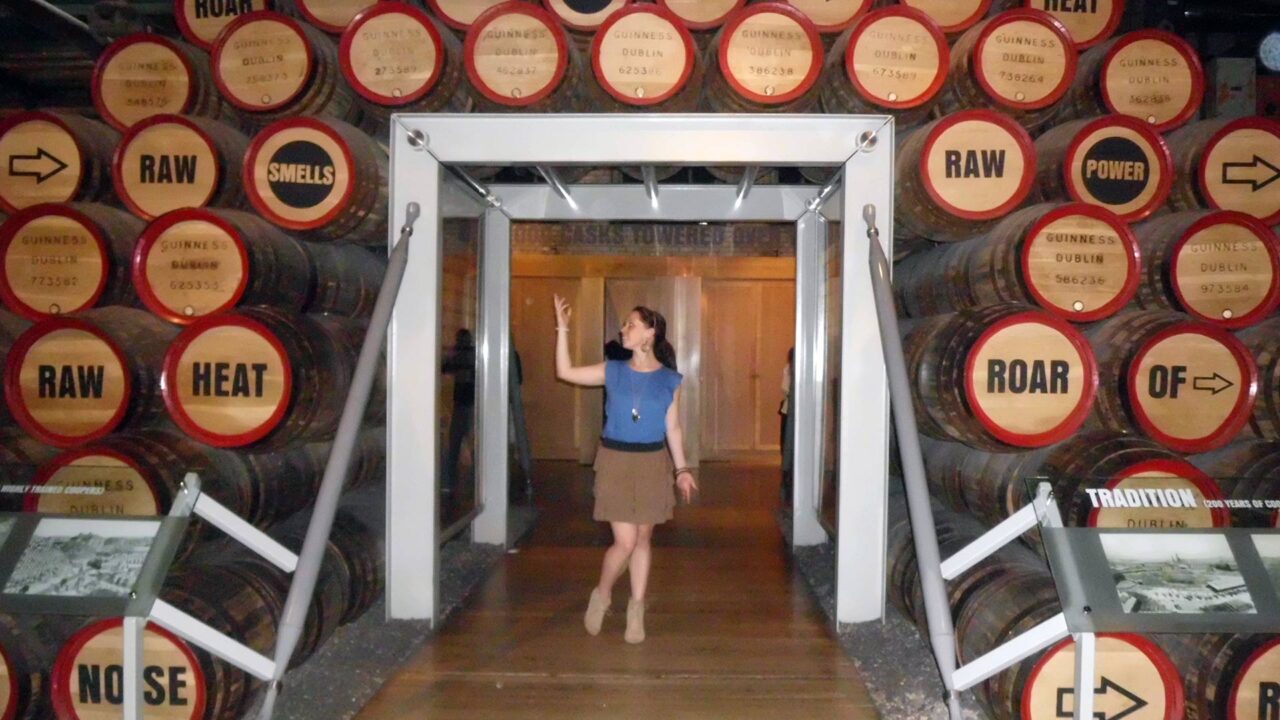
If you arrive towards the end of September, it’s likely that on the 22nd at 17:59, you’ll find yourself in a bar – any bar – and around you, everyone will be shouting in unison “To Arthur!”. Feel free to join in, as this toast is in honor of Arthur Guinness, who signed a lease for the Guinness Brewery in 1759. This contract is valid for 9,000 years at a fixed monthly rate of 45 pounds. Someone negotiated very well. Arthur’s Day used to even be a big music festival. However, this was canceled after a few years as it led to drinking binges that were not desired.

7. Jameson
If Guinness doesn’t suffice and you want to try the harder stuff, there is also the Jameson Distillery Tour. Compared to the Guinness Storehouse, the distillery is a really well-thought-out experience. The rooms are superbly arranged, the tour is exciting, and there is plenty to taste. You not only learn how Jameson is made but also why it differs from other whiskeys.
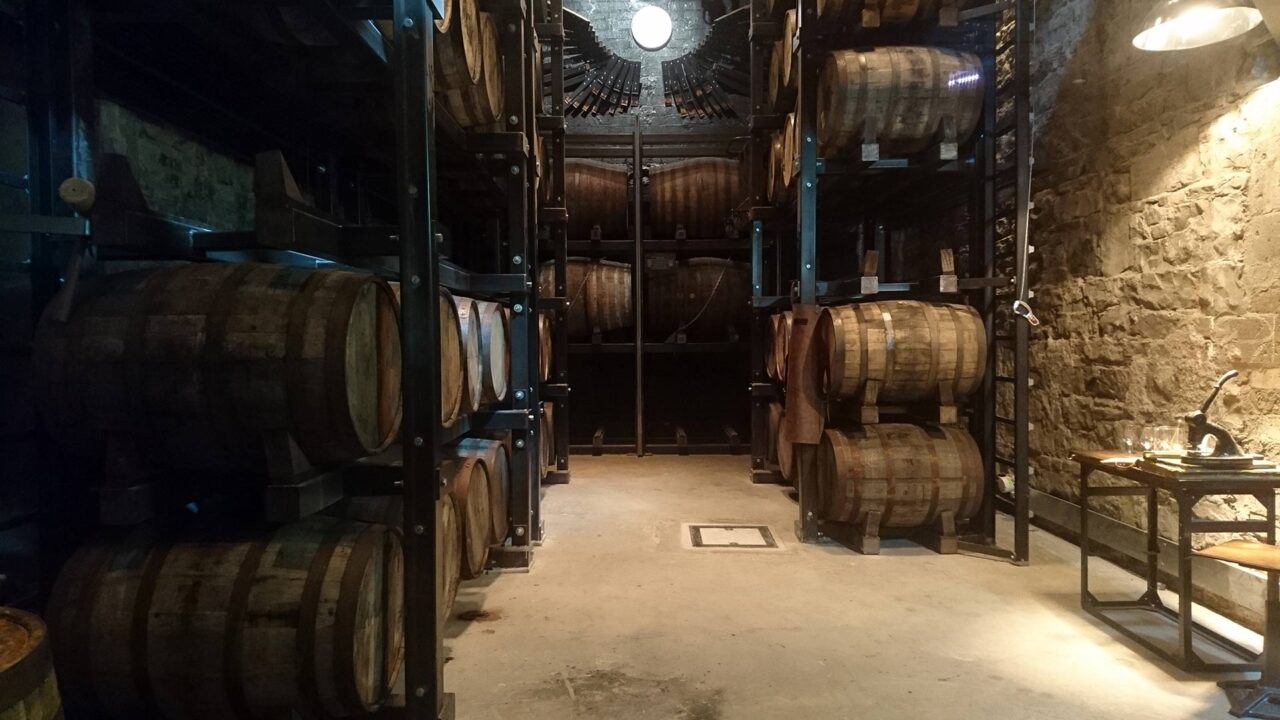
Tips for Breathtaking Nature
8. Blarney Castle and Cork
Although Dublin is a dream destination in itself, Ireland has so much more to offer. So you don’t have to stress about driving on the left, there are different day tours available. One of them leads to Cork, a region and city in the south of Ireland. Along the way, there are ancient Celtic structures, Blarney Castle, and much beautiful nature to see. Here, you have the chance to kiss the Blarney Stone, which, according to legend, will make you a good speaker forever.
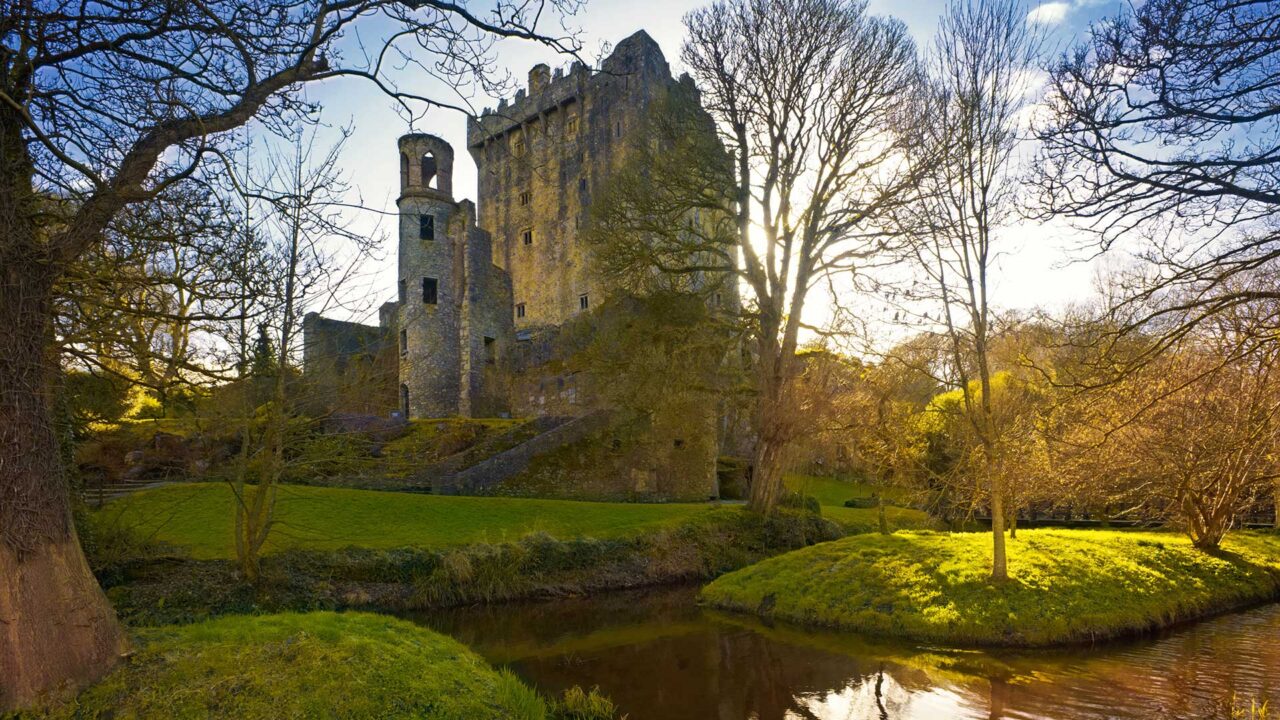
9. Cliffs of Moher
You have probably heard of them or seen pictures: The Cliffs of Moher are impressive cliffs near Galway. Since it’s not particularly close to Dublin, you will need to plan a whole day for this tour. Of course, there are also stops along the way where you can take great photos.
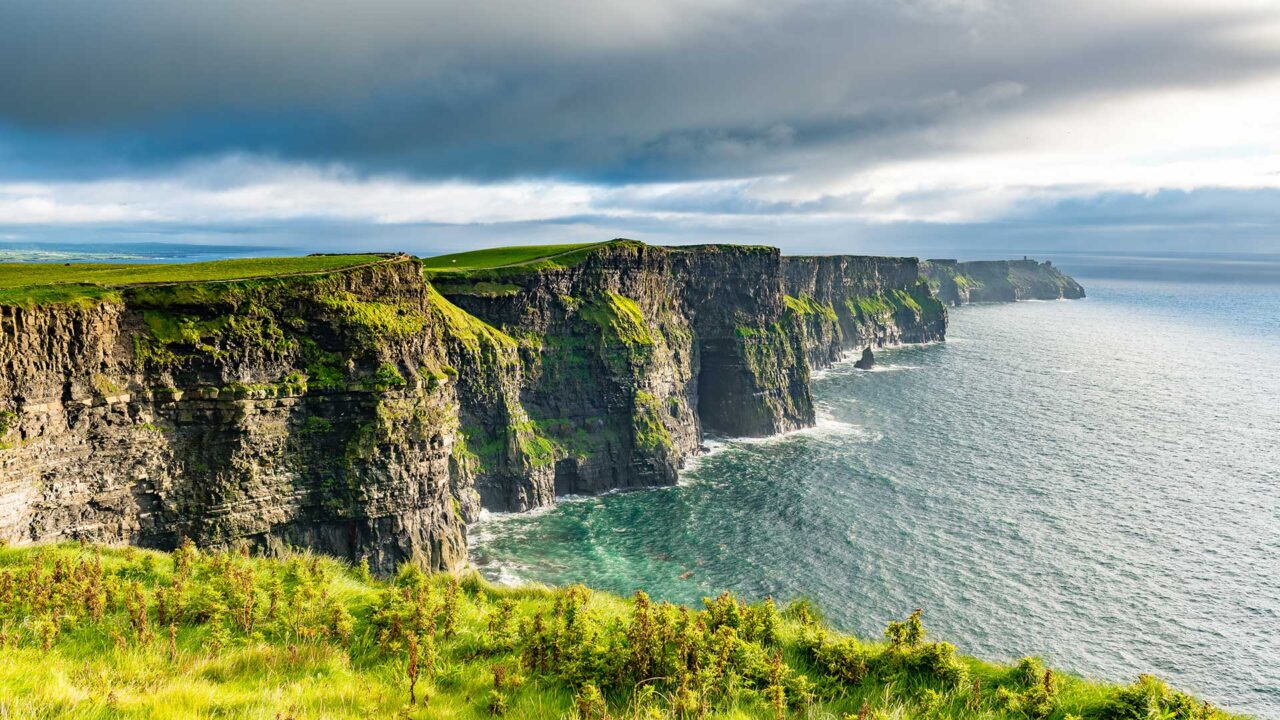
If you are planning a longer stay in Ireland, I recommend renting a car and spending one or two nights in Galway. From there, you can quickly get to the cliffs, and you can experience the much-sung-about city up close. In more than one bar, you will get to hear the famous song “Galway Girl”.
10. Giant’s Causeway
Typically included in the aforementioned trip to Belfast is a detour to the Giant’s Causeway. This UNESCO World Heritage Site is truly impressive. I find the classic Irish folk tale associated with it far more interesting than the explanation that volcanic eruptions created this peculiar landscape.

The tale says that an Irish giant challenged a Scottish giant to a fight and built a causeway for protection. However, due to exhaustion, he couldn’t fight the Scottish giant. His wife disguised him as a baby. When the Scottish giant saw this gigantic baby, he got scared—how big must the father be – and ran away. In doing so, he destroyed the causeway so that the Irish giant couldn’t follow him. The remnants of the causeway are the many similarly shaped stones that we now know as the Giant’s Causeway. Cool, right? Much better than volcanoes.

About the Author
I’m Anna and I love to be on the move. The further away the destination is, the more excited I am. Since 2020, I have been running my own blog Harte Schale – Weicher Kern, in which I share my travel experiences, favorite recipes, balcony ideas, and inspiration (currently in German only). Whenever I find a free moment, I love to read as many books as possible.
Plan your trip to Dublin now
More hotel recommendations for Dublin:
- Highlight: The Marker Hotel
- St. Stephens Green: Stauntons on the Green Hotel
- Beggar's Bush: Roxford Lodge Hotel
- Temple Bar: Temple Bar Hotel
Popular routes to Dublin:
Dublin: Tours and Tickets
Do you prefer to travel with a guide who knows the area very well? Then we recommend a guided tour with a local. This way you can get to know Dublin in a completely different way. GetYourGuide offers a wide selection of exciting tours for Dublin and Ireland.
What are your favorite places in Ireland, especially in Dublin? Do you have any more tips? We are curious!
Photos: Photo 1 (Leprechaun): Rolf Jager/shutterstock.com – Photo 2 (Trinity College): Evgeni Fabisuk/shutterstock.com – Photo 11 (Blarney Castle): walshphotos/shutterstock.com – Photo 12 (Cliffs of Moher): aljazvidmar/shutterstock.com – Photo 13 (Giant’s Causeway): DrimaFilm/shutterstock.com

Gast
Dies ist ein Gastartikel. Falls du Fragen oder Anregungen zum Thema hast, schreibe sie einfach in die Kommentare oder kontaktiere den Gastautor direkt auf seinem Blog.